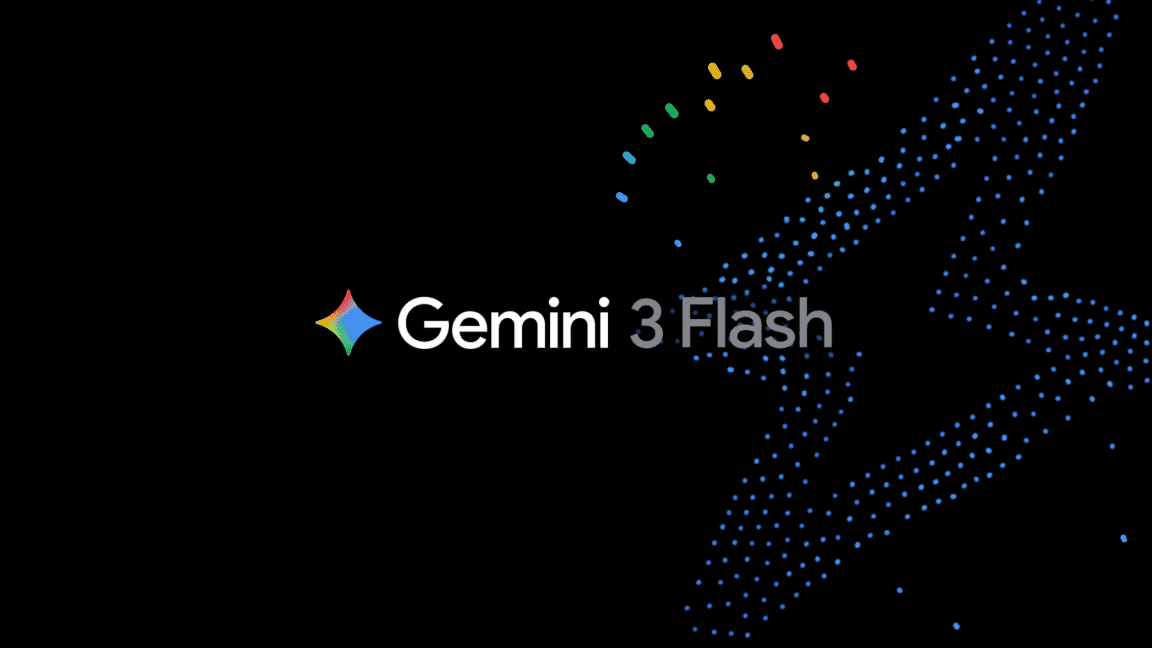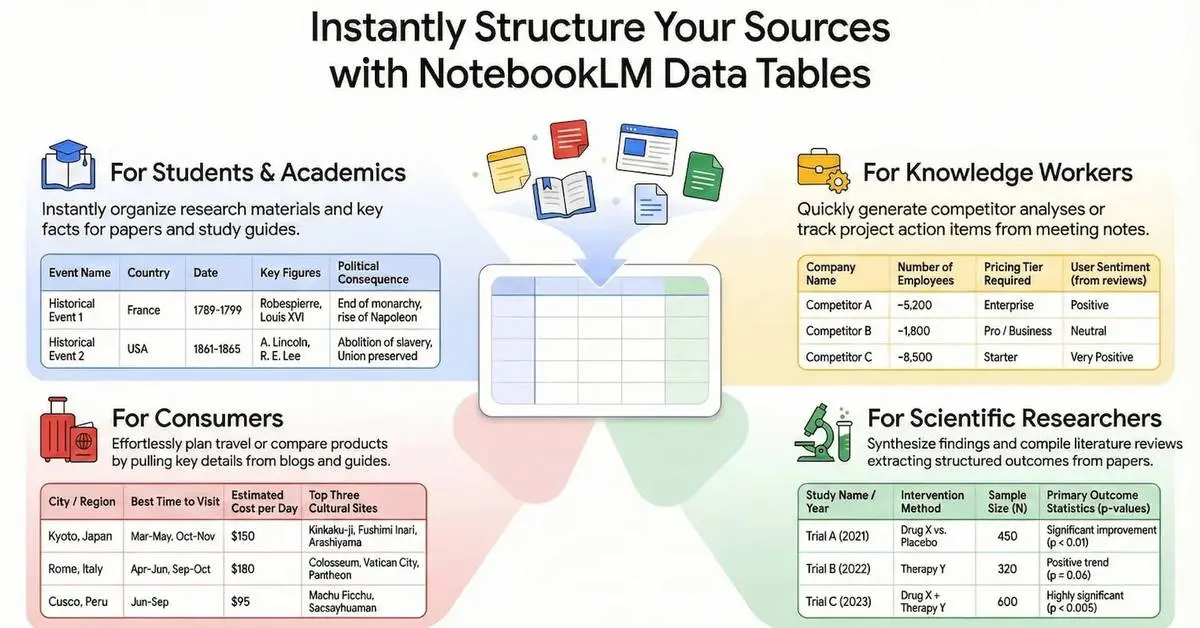Ubicept Unveils Groundbreaking Computer Vision Technology at CES 2025
3 Sources
3 Sources
[1]
Computer vision startup Ubicept helps AI systems to see in the dark
Computer vision startup Ubicept helps AI systems to see in the dark Artificial intelligence startup Ubicept Inc. says it has developed a new kind of computer vision technology that's able to process image data at the photon level to create machines that can "see" with unprecedented perception, clarity and precision. The startup is showcasing its technology this week at the 2025 CES consumer electronics show in Las Vegas, where it's demonstrating its superiority to existing computer visions in challenging scenarios such as autonomous vehicle navigation in the dark and robots operating in low-light conditions. According to Ubicept, existing computer vision systems struggle to work properly in conditions where there is insufficient lighting available. The problem stems from the constraints of the cameras and image sensor hardware those systems rely on, which struggle to capture fast movement in the dark, resulting in blurry or noisy images. Ubicept changes that by using a combination of proprietary software and Single-Photon Avalanche Diode or SPAD sensors, which are the same technology found in iPhone LiDAR systems. It says this combination can make existing image sensors far more powerful, enabling "crystal-clear imaging" in extreme low light conditions without any motion blur, and high-speed motion capture without light streaking. In addition, the system can capture precise images in scenarios where there are bright and dark areas in the same environment, and ensure precise synchronization with lights such as LEDs and lasers to support the use of 3D applications. Ubicept co-founder and Chief Executive Sebastian Bauer insisted that his company has developed the "optimal" imaging system. "By processing individual photons, we're enabling machines to see with astounding clarity across all lighting conditions simultaneously, including pitch darkness, bright sunlight, fast motion, and 3D sensing," he said. The startup is making the technology available through its Flexible Light Acquisition and Representation Engine or FLARE Development Kit. It combines a one-megapixel, full-color SPAD sensor with the company's proprietary sensor-agnostic processing software, and it can reportedly work with any kind of camera or image sensor. In this way, Ubicept says its technology can enable any autonomous vehicle, robot, drone, machine or camera system to see with unrivaled precision in any environment. Ubicept's other co-founder, Chief Technology Officer Tristan Swedish, said the next wave of AI systems that have real-world applications will be hugely reliant on computer vision to view their surroundings, so those systems need to be much more reliable. "Today's cameras were designed for humans, and using standard image data for computer vision systems won't get us there," he said. "Ubicept's technology bridges that gap, enabling computer vision systems to achieve ideal perception. Our mission is to create a scalable, software-defined camera system that powers the future of computer vision."
[2]
US tech unlocks computer vision potential for AI-powered applications
Cameras and image sensors have come a long way from their preliminary forms, developed in the late 1900s. From capturing only 0.01-megapixel images in black and white, sensors can now capture 400-megapixel images with high color reproduction. Alongside the improvement in image capturing, the devices have also shrunk and now easily fit into devices such as smartphones. Yet, there are multiple limitations to using them in challenging light conditions. For instance, capturing images of fast movements at night results in images that are too blurry or noisy for even advanced technologies like artificial intelligence (AI) to correct. A team of computer vision experts from institutes such as MIT, the University of Wisconsin-Madison, and others who have previously worked at Google and Facebook have come together at Ubicept to solve these issues with technology that uses photon-level image data processing for improving machine perception clarity. "The next big AI wave will be enabled by computer vision-powered applications in the real world; however, today's cameras were designed for humans, and using standard image data for computer vision systems won't get us there," said Tristan Swedish, cofounder and CTO at Ubicept in a press release. "Ubicept's technology bridges that gap, enabling computer vision systems to achieve ideal perception."
[3]
Computer Vision Pioneer Ubicept to Showcase Breakthrough in Machine Perception at CES 2025
LAS VEGAS, Jan. 07, 2025 (GLOBE NEWSWIRE) -- Ubicept, founded by computer vision experts from MIT, University of Wisconsin-Madison, and veterans of Google, Facebook, Skydio and Optimus Ride, today unveiled breakthrough technology that processes photon-level image data to enable unprecedented machine perception clarity and precision. The company will debut its innovation at CES 2025; demonstrations will show how the Ubicept approach handles challenging scenarios that stymie current computer vision systems, from autonomous vehicles navigating dark corners to robots operating in variable lighting conditions. In their current state, cameras and image sensors cannot handle multiple challenging lighting conditions at the same time. Image capture in complex circumstances such as fast movement at night yields results that are too noisy or too blurry, severely limiting the potential of AI and other technologies that depend on computer vision clarity. Such systems also require different solutions to address different lighting conditions, resulting in disparate imaging systems with unreliable outputs. Now, Ubicept is bringing maximum visual perception to the computer vision ecosystem to make image sensors and cameras more powerful than ever before. The technology combines proprietary software with Single-Photon Avalanche Diode (SPAD) sensors - the same technology used in iPhone LiDAR systems - to create a unified imaging solution that eliminates the need for multiple specialized cameras. This enables: Crystal-clear imaging in extreme low light without motion blurHigh-speed motion capture without light streakingSimultaneous handling of bright and dark areas in the same environmentPrecise synchronization with lights (LEDs, lasers) for 3D applications "Ubicept has developed the optimal imaging system," said Sebastian Bauer, cofounder and CEO, Ubicept. "By processing individual photons, we're enabling machines to see with astounding clarity across all lighting conditions simultaneously, including pitch darkness, bright sunlight, fast motion, and 3D sensing." "SPAD cameras are revolutionizing low-light imaging with photon counting for unmatched performance, limited to niche applications," explains Florian Domengie, Principal Analyst, Imaging from Yole Group. "Yet, adoption in broader markets such as industrial, automotive and consumer faces challenges like pixel size limitation and high data processing and computation load. Companies like Ubicept are tackling these issues with advanced algorithms, enabling low latency, high frame rate and dynamic range for future wider applications." Ubicept is making its technology available via its new FLARE (Flexible Light Acquisition and Representation Engine) Camera Development Kit, combining a 1-megapixel, full-color SPAD sensor from a key hardware partner with Ubicept's sensor-agnostic processing technologies. This development kit will enable camera companies, sensor makers, and computer vision engineers to seamlessly integrate Ubicept technology into autonomous vehicles, robotics, AR/VR, industrial automation, and surveillance applications. In addition to SPAD sensors, Ubicept also seamlessly integrates with existing cameras and CMOS sensors, easing the transition to next-generation technologies and enabling any camera to be transformed into an advanced imaging system. "The next big AI wave will be enabled by computer vision-powered applications in the real world; however, today's cameras were designed for humans, and using standard image data for computer vision systems won't get us there," said Tristan Swedish, co-founder and CTO, Ubicept. "Ubicept's technology bridges that gap, enabling computer vision systems to achieve ideal perception. Our mission is to create a scalable, software-defined camera system that powers the future of computer vision." Ubicept is backed by Ubiquity Ventures, E14 Fund, Wisconsin Alumni Research Foundation, Convergent Ventures, and other investors, with a growing customer base that includes leading brands in the automotive and AR/VR industries. The new FLARE Camera Development Kit is now available for pre-order; visit www.ubicept.com/preorder to sign up and learn more, or see Ubicept's technology in action at CES, Las Vegas Convention Center, North Hall, booth 9467. About Ubicept Ubicept has pushed computer vision to the limits of physics. Developed out of MIT and the University of Wisconsin-Madison, Ubicept technology enables super perception for a world in motion by transforming photon image data into actionable information through advanced processing algorithms. By developing groundbreaking technology that optimizes imaging in low light, fast motion and high dynamic range environments, Ubicept enables industries to overcome the limitations of conventional vision systems, unlocking new possibilities for computer vision and beyond. Learn more at ubicept.com or follow Ubicept on LinkedIn. Dana Zemack Scratch Marketing + Media for Ubicept [email protected] A photo accompanying this announcement is available at https://www.globenewswire.com/NewsRoom/AttachmentNg/f5394b05-ea39-4a94-a972-43a83a11a184 Market News and Data brought to you by Benzinga APIs
Share
Share
Copy Link
Startup Ubicept introduces revolutionary computer vision technology that processes image data at the photon level, enabling AI systems to see clearly in challenging light conditions.

Breakthrough in Machine Perception
Ubicept, a computer vision startup founded by experts from prestigious institutions and tech giants, has unveiled a groundbreaking technology that processes image data at the photon level. This innovation, showcased at CES 2025 in Las Vegas, promises to revolutionize how AI systems perceive and interpret visual information in challenging lighting conditions
1
3
.The Technology Behind Ubicept's Innovation
At the core of Ubicept's technology is a combination of proprietary software and Single-Photon Avalanche Diode (SPAD) sensors, the same technology used in iPhone LiDAR systems. This fusion enables:
- Crystal-clear imaging in extreme low light without motion blur
- High-speed motion capture without light streaking
- Simultaneous handling of bright and dark areas in the same environment
- Precise synchronization with lights for 3D applications
1
3
Sebastian Bauer, co-founder and CEO of Ubicept, states, "By processing individual photons, we're enabling machines to see with astounding clarity across all lighting conditions simultaneously, including pitch darkness, bright sunlight, fast motion, and 3D sensing"
1
.FLARE Development Kit
Ubicept is making its technology accessible through the Flexible Light Acquisition and Representation Engine (FLARE) Development Kit. This kit combines a one-megapixel, full-color SPAD sensor with Ubicept's proprietary sensor-agnostic processing software. The versatility of this technology allows it to work with any camera or image sensor, potentially transforming various systems such as autonomous vehicles, robots, drones, and surveillance cameras
1
3
.Implications for AI and Computer Vision
Tristan Swedish, co-founder and CTO of Ubicept, emphasizes the significance of this technology for the future of AI: "The next big AI wave will be enabled by computer vision-powered applications in the real world; however, today's cameras were designed for humans, and using standard image data for computer vision systems won't get us there"
2
.This advancement addresses critical limitations in current computer vision systems, which struggle with insufficient lighting, fast movements in the dark, and scenarios involving both bright and dark areas. By enabling machines to "see" with unprecedented perception, clarity, and precision, Ubicept's technology could significantly impact various industries
1
2
.Related Stories
Industry Expert Perspective
Florian Domengie, Principal Analyst of Imaging at Yole Group, comments on the potential of SPAD cameras: "SPAD cameras are revolutionizing low-light imaging with photon counting for unmatched performance, limited to niche applications. Yet, adoption in broader markets such as industrial, automotive and consumer faces challenges like pixel size limitation and high data processing and computation load"
3
.Future Prospects and Applications
Ubicept's technology has the potential to transform various fields, including:
- Autonomous vehicle navigation in low-light conditions
- Robotics operations in variable lighting environments
- AR/VR applications
- Industrial automation
- Surveillance systems
1
3
With backing from notable investors and a growing customer base in the automotive and AR/VR industries, Ubicept is poised to make a significant impact on the future of computer vision and AI-powered applications
3
.References
Summarized by
Navi
[2]
Related Stories
Deepnight Secures $5.5M Funding to Revolutionize Night Vision Technology with AI
28 Feb 2025•Technology

RealSense Spins Out from Intel, Secures $50 Million to Advance AI-Powered 3D Vision Technology
12 Jul 2025•Technology

BrightAI Emerges from Stealth with $15M Seed Funding for AI-Powered Infrastructure Optimization
20 Nov 2024•Technology

Recent Highlights
1
Google launches Gemini 3 Flash as default AI model, delivering speed with Pro-grade reasoning
Technology

2
OpenAI launches GPT Image 1.5 as AI image generator war with Google intensifies
Technology

3
OpenAI launches ChatGPT app store, opening doors for third-party developers to build AI-powered apps
Technology





